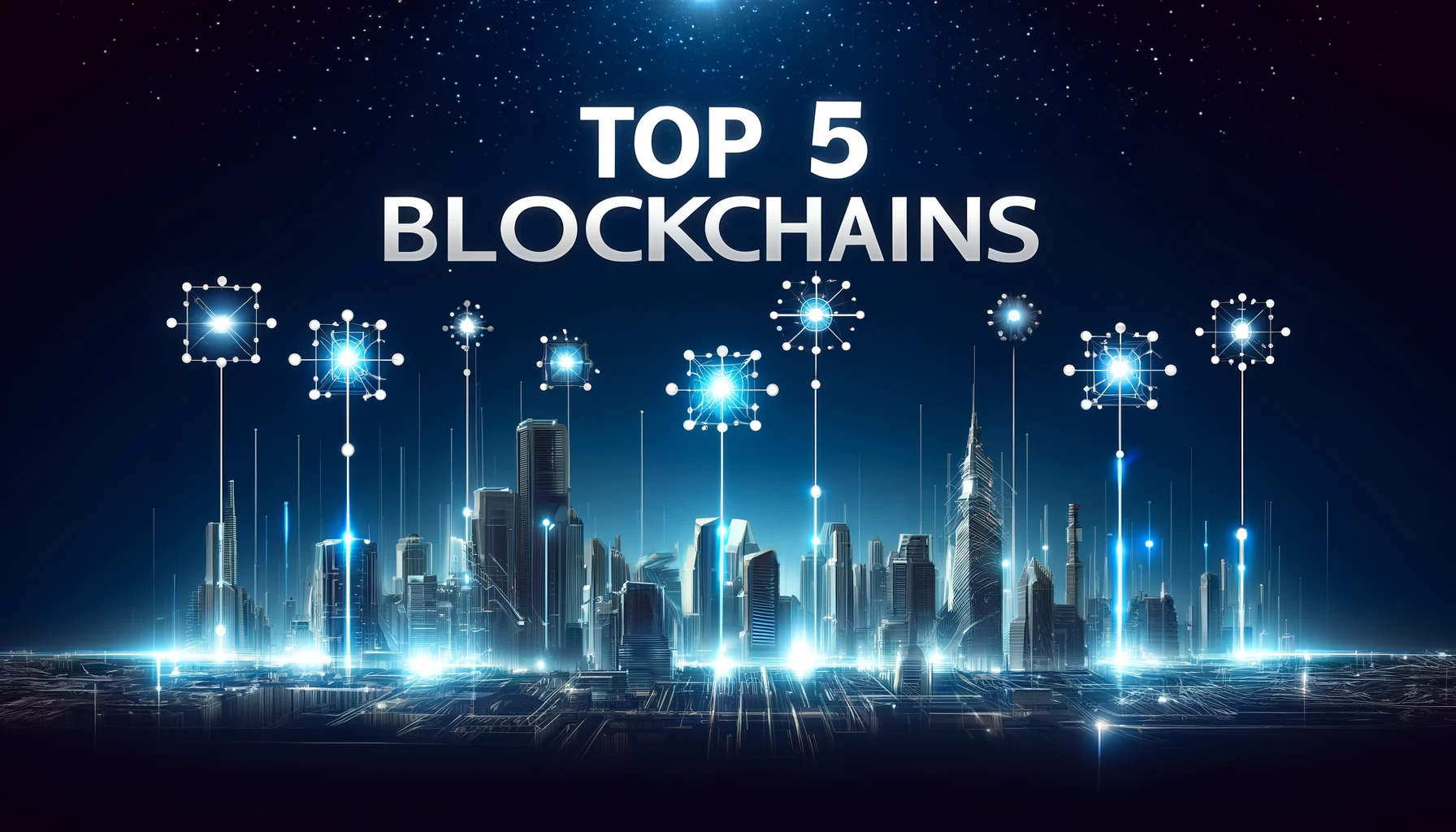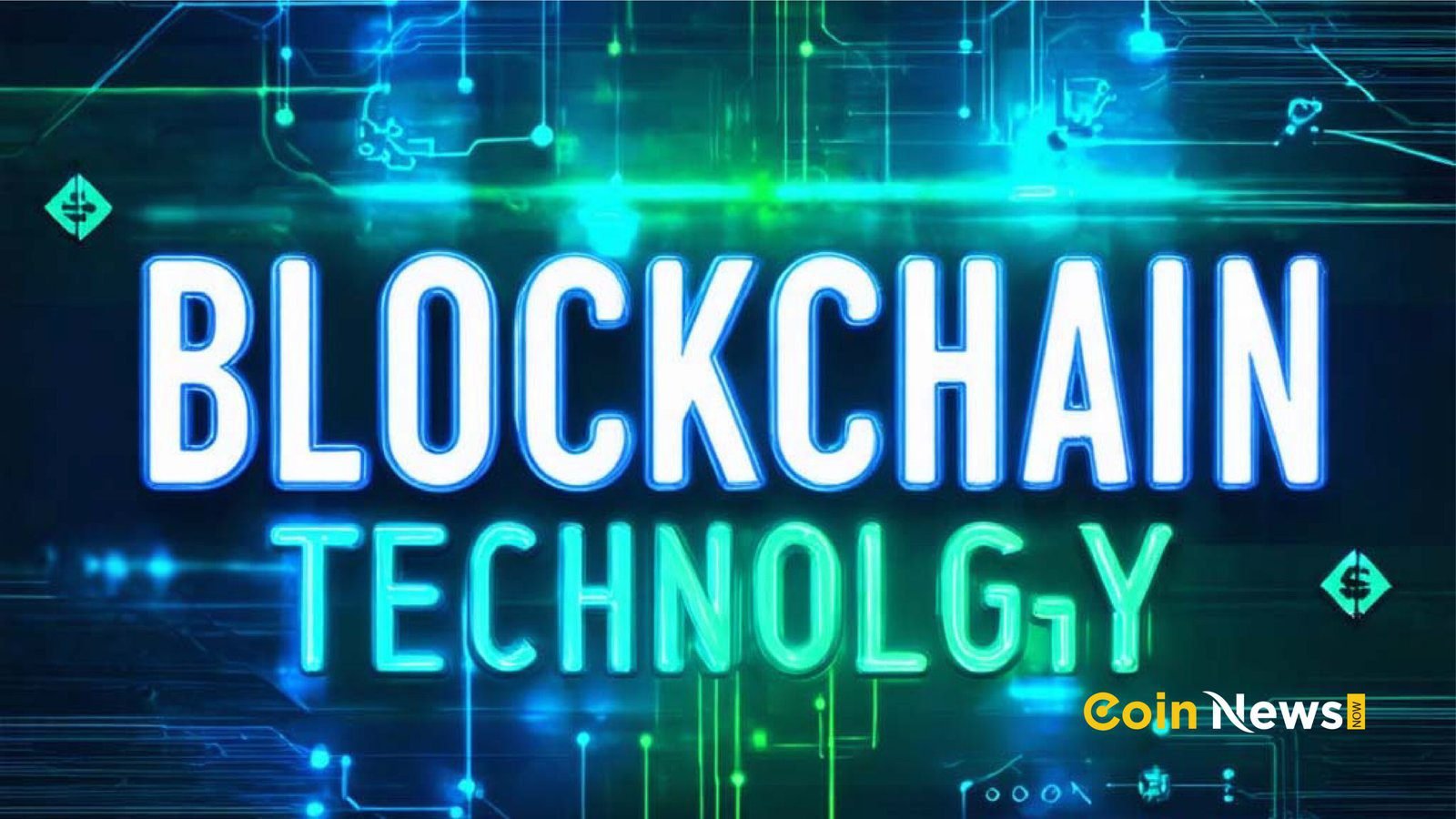Top 5 Biggest Blockchains in Cryptocurrency Market
Blockchain Technology is a core theme of the 4th Industrial Revolution, which offers an era of decentralization. Blockchain is like a digital ledger that keeps records across many computers, making it very secure and hard to change. It allows cryptocurrencies like Bitcoin and Ethereum to operate safely. But its uses go beyond just digital money, offering potential benefits in various other industries due to its ability to ensure security and transparency.
The use case for blockchain technology is vast and varied. In finance, it provides a secure record of transactions, which helps reduce fraud and increase trust. In supply chain management, it allows for real-time tracking of goods and ensures they are delivered on time and authentically. For digital identity, it offers a safe way to store personal information that individuals can control themselves.
What Is Blockchain?
It’s a complex thing. Blockchain is like a shared Digital Notebook that records transactions securely. It’s decentralized, which means it’s maintained across many computers instead of being kept in one place. Each block in the chain records some transactions, and every time a new transaction happens, it gets added to this notebook for everyone to see.
A practical use of blockchain is tracking food from the farm to the supermarket. Each step of the food’s journey is recorded on the blockchain, allowing everyone to see where the food has been in real time. This helps confirm that the food is safe and reduces the risk of contamination and fraud.
How Does Blockchain Work?
Blockchain is made up of blocks linked together like a chain. Each block contains data (for instance, transaction details like who is sending or receiving and how much), a unique code called a hash that identifies the block, and the hash of the block before it. This setup helps keep the data secure and unchanged. technology creates a record that everyone on the network can check and trust, instead of relying on one central authority to verify it.
Imagine using blockchain for voting. Each vote is like a transaction. When someone votes, it’s sent to a network of computers that check if the vote is valid. Once it’s confirmed, the vote is added to a “block” of other votes. When the block is full, it’s sealed and linked to the previous block, creating a chain. This way, votes can’t be changed after they’re cast, making the voting process more Secure and Transparent at the same time.
Top 5 Blockchains In Crypto
- Ethereum (ERC-20): As a pioneer in smart contracts, Ethereum supports not only currency but complex agreements. It has a transaction speed of up to 30 transactions per second (Tps), with block confirmation typically taking around 14 seconds. Ethereum’s block explorer, Etherscan, allows users to easily view transaction details.
- Website : Ethereum
- Blockchain Type : Erc-20
- Blockchain Explorer : etherscan.io
- Transaction Speed : 30 TPS
- Block Confirmation : 14 Seconds
- Tron (TRC-20): Known for its high throughput, Tron achieves up to 2000 Tps with a block time of just 3 seconds, making it exceptionally fast. Tronscan is the blockchain explorer used to navigate through the records on the network.
- Website – Tron
- Blockchain Type : Trc-20
- Blockchain Explorer : tronscan.org
- Transaction Speed : 2000 TPS
- Block Confirmation : 3 Seconds
- Binance Smart Chain (BSC-20): Balancing speed with functionality, Binance Smart Chain processes about 300 Tps with a confirmation time of approximately 3 seconds. BscScan provides a user-friendly interface for transaction queries.
- Website – Binance
- Blockchain Type : Bsc-20
- Blockchain Explorer : bscscan.com
- Transaction Speed : 300 TPS
- Block Confirmation : 3 Seconds
- Polkadot (PeraChain): Polkadot allows various blockchains to transfer messages and value in a trust-free fashion; sharing their unique features while pooling their security. Its block confirmation times and transaction speeds are under constant development for optimization.
- Website – Polkadot
- Blockchain Type : PeraChain
- Blockchain Explorer : explorer.polkascan.io
- Transaction Speed : 1000 TPS
- Block Confirmation : 6 Seconds
- Optimism (OP Mainnet): Optimism offers lightning-fast transactions and significantly reduces gas fees by using rollups for transaction batching. The Optimism Explorer facilitates viewing of these transactions, showing a highly efficient throughput compared to traditional Ethereum transactions.
- Website – Optimism
- Blockchain Type : OP Mainnet
- Blockchain Explorer : optimistic.etherscan.io
- Transaction Speed : 2000 TPS
- Block Confirmation : 2 Seconds
Future of Blockchain Technology
The future of blockchain technology is promising, with potential applications across a wide range of industries. Here are a few examples:
- Banking Sector: Blockchain can provide a more secure and efficient infrastructure for processing payments, reducing the need for intermediaries and lowering costs.
- E-Commerce Transactions: By enabling secure, direct transactions between buyers and sellers, blockchain can reduce fraud and increase trust in e-commerce.
- Payment Systems: Blockchain offers an alternative to traditional banking with faster international transactions and reduced fees.
- Voting: Blockchain can provide a secure, tamper-proof environment for electronic voting, reducing the potential for fraud and ensuring the integrity of electoral processes.
- Web3: As the new iteration of the web that incorporates decentralization, blockchain is fundamental in building a more user-controlled internet.
- Artificial Intelligence (AI): Blockchain can secure the sharing of AI data and algorithms, making collaborative developments safer and more reliable.
- Decentralized Applications (DApps): With blockchain, developers can create applications that are not controlled by any single entity, increasing transparency and reducing risks.
By decentralizing infrastructure, blockchain offers a new model for building robust, scalable solutions that maintain privacy while ensuring Transparency and Accessibility. Blockchain technology could greatly change many industries by offering new, secure, and efficient ways of doing things around the world.
Let’s see if this futuristic system requires their potential to go far beyond.












